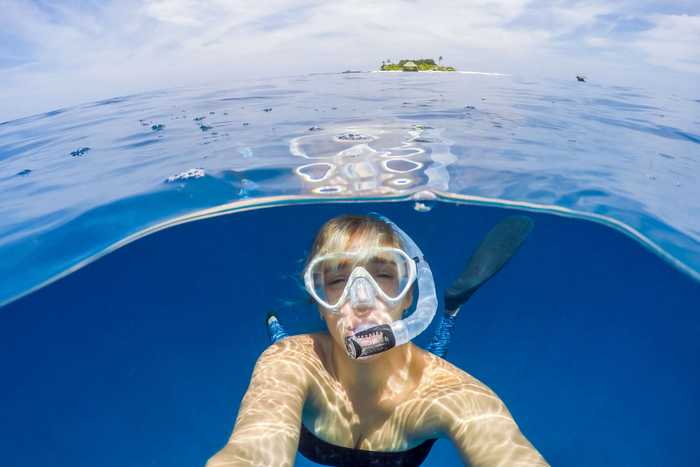Published 10:05 IST, January 5th 2024
Exploring the depths of the ocean: Snorkeling vs. scuba diving
While both snorkeling and scuba diving offer incredible opportunities to experience the beauty of the underwater world, they cater to different preferences.
- Lifestyle News
- 3 min read
Water sports is for the brave and adventurous and indulging in them is always an exhilarating experience. Prime Minister Narendra Modi shared pictures of him going for snorkeling in Lakshadweep and since then, several people have been looking to explore water sports. The two most popular water sports are snorkeling and scuba diving, so let us find out the differences between both and help you choose which one you would enjoy more.
Equipment
Snorkeling requires minimal equipment, making it an accessible water activity for beginners. The essential gear includes a mask, snorkel, and fins. The mask provides a clear view of the underwater world, while the snorkel allows you to breathe while floating on the surface. Fins aid in propulsion and enhance your ability to maneuver.
Scuba diving involves more advanced and specialised equipment. Divers wear a wetsuit or drysuit for thermal insulation, a buoyancy control device (BCD) to manage depth, a regulator to breathe compressed air from the tank, a mask, fins, and sometimes gloves. The scuba tank provides the necessary air for deeper dives, allowing divers to explore beneath the water's surface.
Depth
Snorkeling typically takes place near the water's surface, with participants floating on the top and observing marine life from above. While snorkelers can explore coral reefs and shallow waters, their depth is limited by the length of their snorkel.

Scuba diving allows individuals to explore much greater depths compared to snorkeling. Depending on certification levels, divers can descend to various depths, ranging from recreational depths of 18-30 meters (60-100 feet) to deeper technical dives. This depth flexibility opens up a vast underwater world, including shipwrecks, caves, and diverse marine ecosystems.
Breathing
Snorkelers breathe through a snorkel tube while keeping their face submerged. They need to return to the surface periodically to take full breaths of air.

Scuba divers carry a tank of compressed air on their backs, connected to a regulator that allows them to breathe freely underwater. This enables continuous and controlled breathing during the entire dive, enhancing the ability to explore deeper environments.
Training and certification
Snorkeling is relatively simple and does not require formal training. Most people can learn the basics in a short time, making it an accessible activity for all ages.
Scuba diving demands proper training and certification to ensure safety underwater. Certification courses cover topics such as equipment usage, dive planning, buoyancy control, and emergency procedures. Divers need to complete a series of skill assessments and open water dives to earn their certification.
Updated 10:05 IST, January 5th 2024